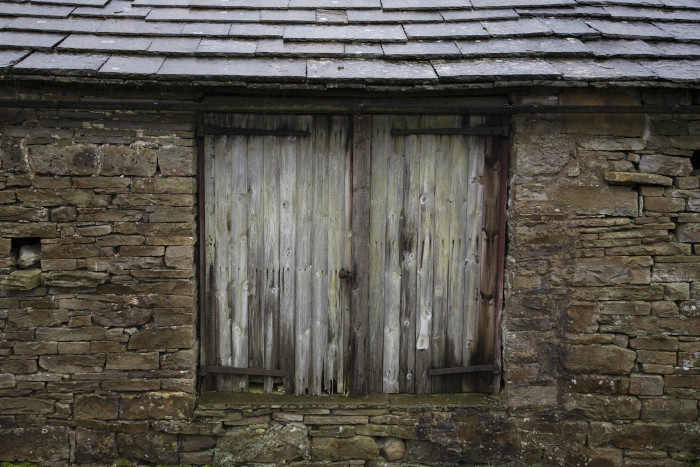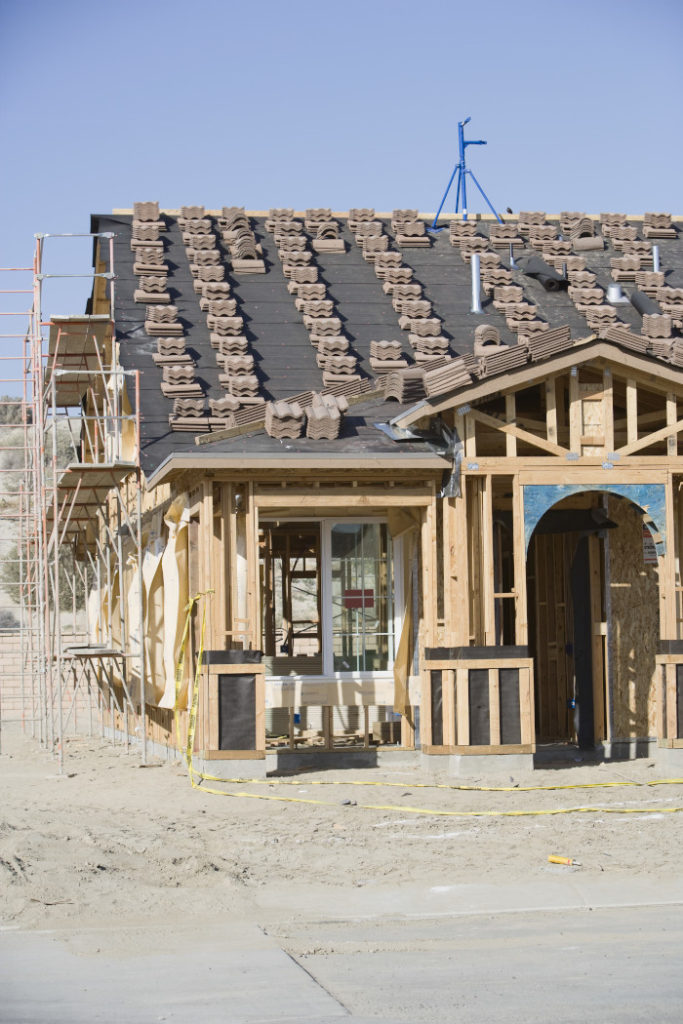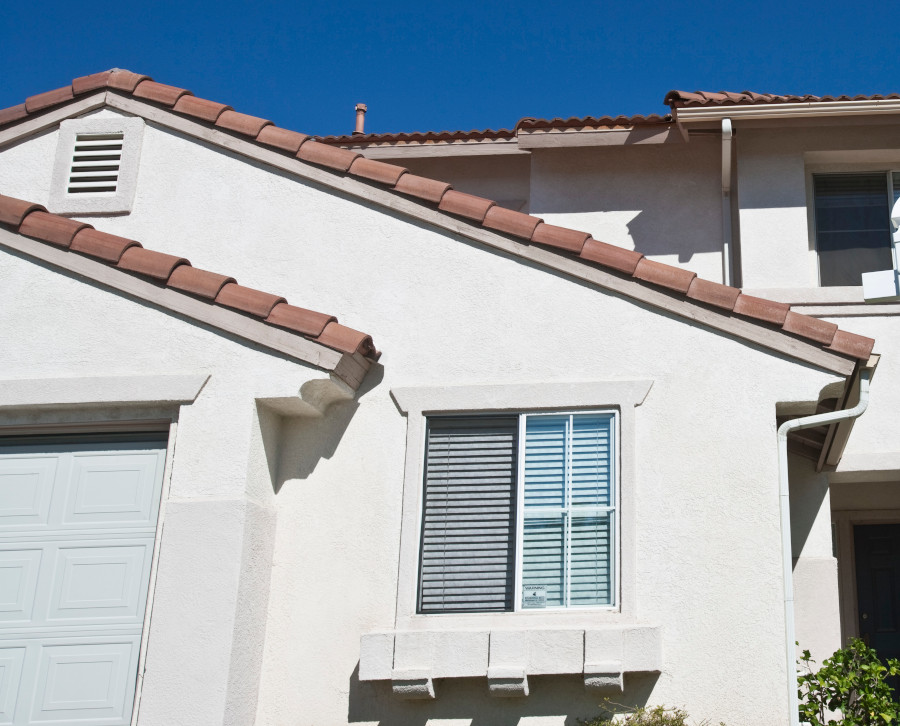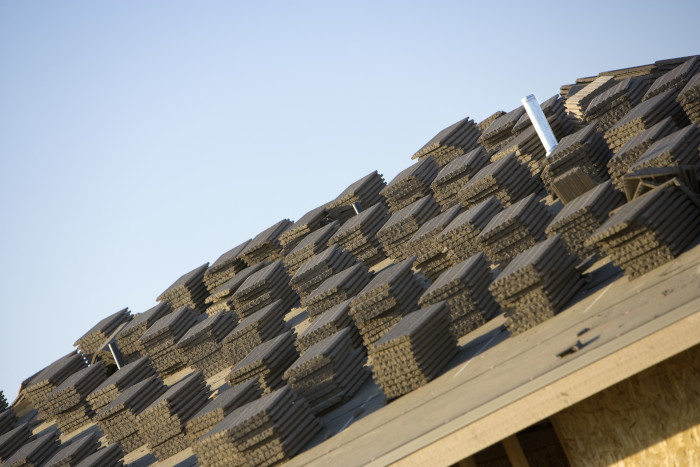Do you have slate installed on your home’s roofing? It’s known to have an incredible life span and is extremely durable. But that doesn’t mean it’s invulnerable to damages brought by improper care and weather. Find out how you can make your slate roof last a lifetime by following these tips:

Routine checks
At least once a year, you will need to carry out an inspection of your slate roof. Do this in the fall so your roof will be effectively maintained for winter. It’s important not to introduce too much foot traffic on your roof and, when you do, a ladder safely hooked onto the roof edge is the best way to carry out a full and detailed inspection as this will help to spread your weight. If it’s absolutely necessary to walk on the slates, walk on the middle of the slate and use soft-soled shoes. Wear a safety harness at all times when working at height. Source: DoItYourself
Watch out for damaged slates
The most basic repair is the slate itself. You are bound to have broken and slipped slates from time to time, especially if you have large trees around your home or there has been a strong storm. A trained slater can repair individual slates easily. Small, chipped corners on slate may look ugly but will not cause a leak. Instead, keep an eye out for missing or badly broken slates. Source: AngiesList
Only hire experts
Furthermore, you should be exceedingly cautious regarding which roofing professionals you allow to evaluate and service your slate roof. Even more so than negligence on your part, the biggest threat to the life of a slate roof is shoddy or inexperienced workmanship from roofers accustomed to working with asphalt and/or those who simply want to rip a slate roof down to put up their own (familiar) materials. Especially in historical homes, it’s important that you only allow experienced slaters to work on and advise about your roof, or you risk losing significant value and historical integrity. Source: HomeAdvisor
With over 55 years in the business, we’ve handled pretty much all kinds of roofing problems and repairs. Let us take care of your slate roof and ensure that it’s always in its best shape. Call us!
Contact:
Kerrisdale Roofing & Drains
8296 Ross St, Vancouver, BC V5X 4C6
(604) 360-2114
from Kerrisdale RD https://ift.tt/2Eqogtx


